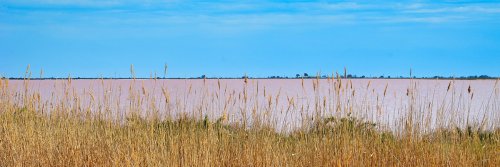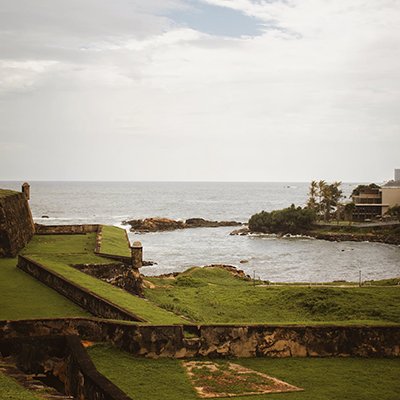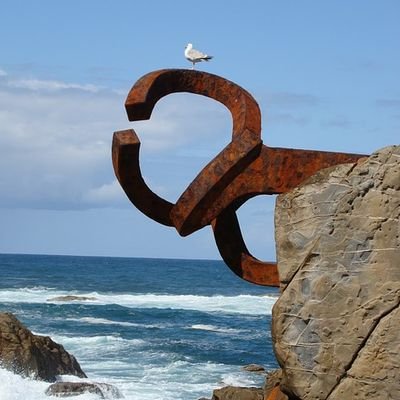Aigues Mortes
An iconic tourist destination of Camargue, the fortified medieval town of Aigues Mortes is a step back in time. Stroll through its atmospheric streets of history, a hub for canal barges and boats, and gaze at the saltworks on the Mediterranean shores of marsh and salt lakes. The city walls, 6 towers, and 10 gates will send a few shivers down your spine as you imagine it was once a fishermen and salt gatherers hamlet. Marius Caius founded the city in 102 BC. In 791, Charlemagne (the first king of the Franks) built the first tower, Matafère. In the 13th Century, King Saint Louis IX began constructing the infamous Constance Tower—a legendary keep (prison) of ill-repute smothering the ruins of Matafère Tower. The town was known for its bloodthirsty bullfights and as a haunt of Templar Knights during the Crusades.
History oozes through the city's pores, and today, it's a gastronomy journey waiting to happen where some of the best wines in France can be found.
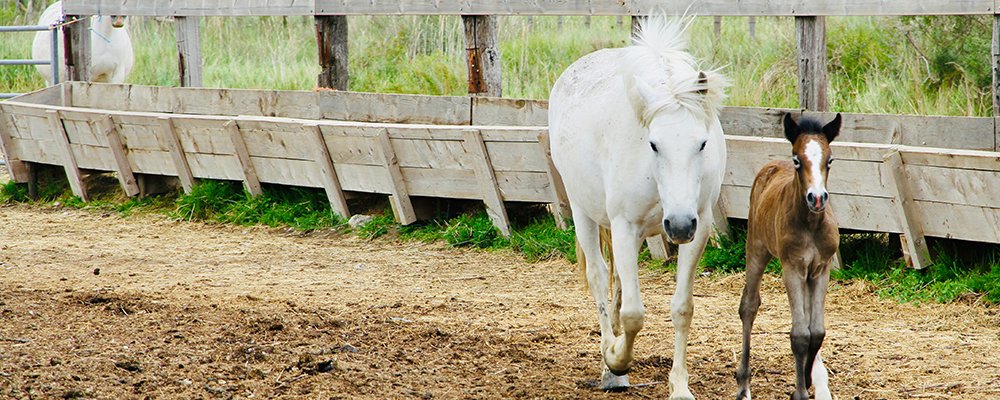
Salin de Giraud
Ride a sturdy white horse along the beach, go fishing, bird-watching, or watch the other-worldly sunset over the marshes.
Salin de Giraud has a history that is different from that of the other villages in Camargue. Still, it's a haven for souls during the summer months with its unspoiled 7km of fine sand cloaking the wild Piémanson Beach that's famous all over France for kitesurfing—and for dropping your gear (it's a naturist enclave). The town of red-bricked worker houses lining its streets, which sits at the mouth of the Rhône in the Gulf of Beauduc. It was once a small village that became the domain of two salt companies at the end of the 19th Century.
Spectacular pink salt pans and treeless marshes have created an ecological wonderland home to a fantastic array of plant and wildlife species courtesy of nature's ingenuity. Depending on the weather and time of year, Salin de Giraud has the most spectacularly pink salt pans in the region, with the salt harvest happening between August and October. You may be lucky enough to dip your feet into these warm, almost blood-red waters that leave your skin really oily, but after drying, your feet will have the perfect salty facemask.
Salin de Giraud has the most significant sea salt production in Europe, and the brands Sel de Mer La Baleine and Le Saunier de Camargue come from this region. Magnificent salt mounds rise up to 21 meters during harvest, and production is about one million tonnes per year. The humble kitchen item of salt has been produced and traded for over two thousand years worldwide.
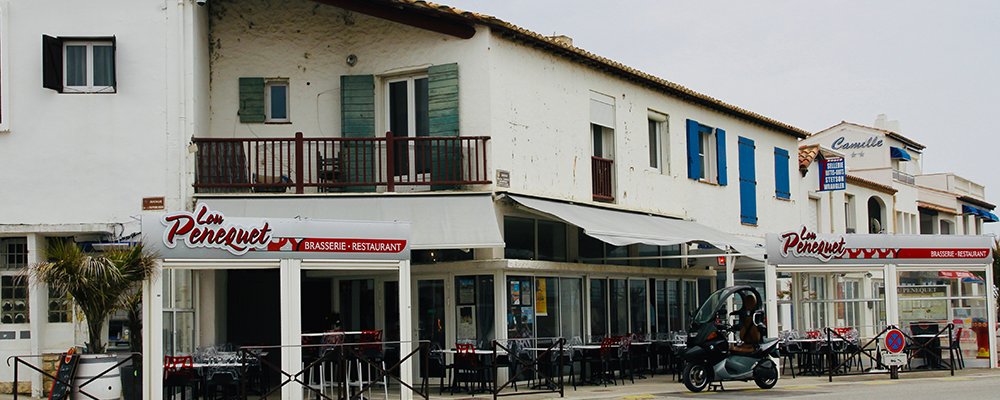
The Food of Camargue
Camargue's foodie scene is driven by passionate artisans and incredible local fresh produce showcased around the region, especially at Arles's vibrant and bustling Saturday morning market. Knock back that morning espresso quickly and head to the pretty scene of trees lining the Boulevard des Lices where numerous stalls are set up. Mingling with the local grannies doing their shopping while chatting and vendors loudly espousing what they have to sell in sing-song voices. Carmargue’s biggest regional market overflows with the aromas of fresh fruit displayed in a rainbow of colors, while the tempting whiff of chickens going round and round on a rotisserie will make your mouth water. Piles of garlic hang from umbrellas, bottles of olive oil and foie gras compete with space on tables where warm fresh baguettes sit in golden haze, tumbling out of large baskets. Bull meat is everywhere, from a bubbling bull stew 'gardiane de taureau’ to bull sausage ‘saucisse de taureau'. Only in Camargue would you find a dedicated cheese stall with products made from ewe's milk, and nearby, one of Camargue's specialties, 'tellines' (small clams). They are painstakingly raked up from the sand on the beaches. These little mouthfuls are the height of perfection when cooked in olive oil, parsley, and garlic.
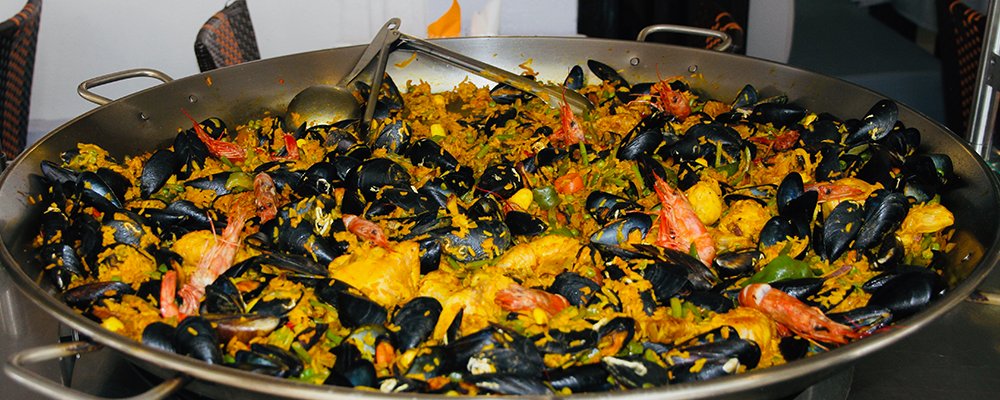
While in Arles, do not miss out on dining at the Michelin-starred restaurant 'La Chassagnette' —wrap your lips around or slurp up regional specialties: octopus rouille, bourride (fish), and bouillabaisse (fish soup).
Alone with a glass of Pastis in Camargue
Picturesque and at times isolated, the Camargue region is home to only 6 people per square kilometer, making it the least populated area in France—the average is 117 per square kilometer in Europe. Only a few other sparsely populated areas exist; Kainuu in Finland (4 souls per square kilometer) and Lapland with a mind-blowing 2 inhabitants per square kilometer. Summer brings the tourists, but during the shivering winter months, you will probably be the only one stumbling over cobblestones or climbing endless stone steps of ancient wonders.
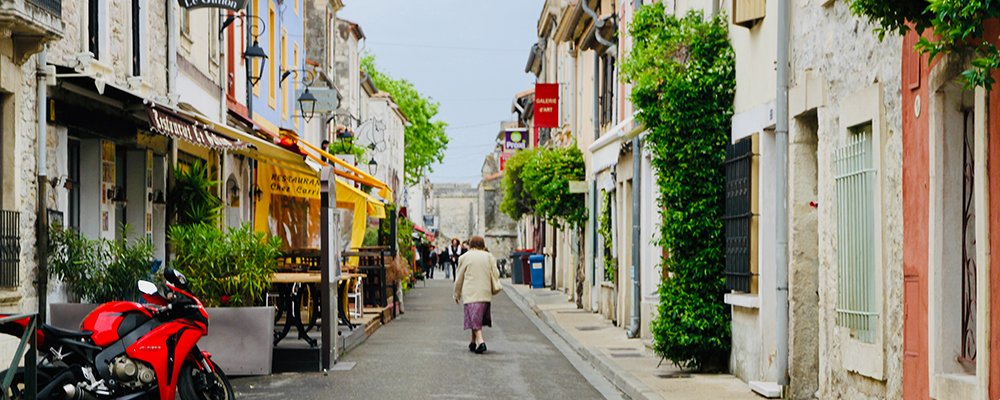
As scotch is the beloved tipple of Scottish people in southern France, it's all about wine and the locals' love of the aniseed-flavored alcoholic drink, Pastis. It is so high in alcohol that it was actually used as a substitute for petrol by the French Resistance groups in the Camargue region during the 1940s. Walk into any bar in Camargue, and you will find old boys huddled in a corner sipping aromatic Pastis while gossiping like fish wives. The addictive drink of France with a dodgy past, best had at any time of the day, can easily have you exclaiming 'Je suis dans le pastis'—translation 'I'm in trouble.'
Gail Palethorpe, a self proclaimed Australian gypsy, is a freelance writer, photographer and eternal traveller. Check out her website Gail Palethorpe Photography and her Shutterstock profile.

